Glacial melt: the European Alps
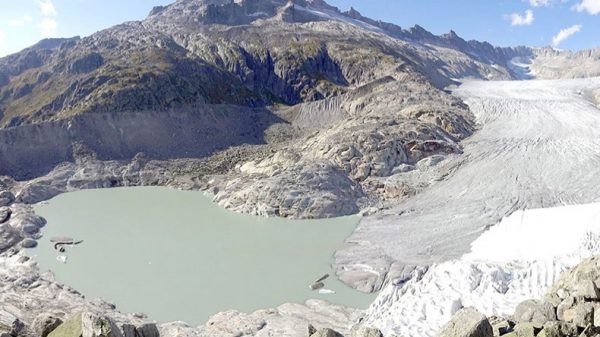
The European Alps is not free from the curse — glacial melt. Scientists have found: The European Alps could lose its glaciers up to 90 per cent by 2100 if greenhouse gas (GHG) emissions continue unchecked. (Zekollari, H, Huss, M, and Farinotti, D: Modelling the future evolution of glaciers in the European Alps under the EURO-CORDEX RCM ensemble, The Cryosphere, 13, 1125–1146)
If emissions are reduced drastically, ice loss would be limited to two-thirds by the end of the century.
Nearly half of the present-day ice will be lost by 2050, about 47–52 per cent and the area loss of about 45 per cent will occur with respect to 2017, regardless of climate initiatives at global level, because of emissions already done.
The scientists at ETH Zurich examined the ice loss of almost 4,000 glaciers in the Alps. 2017 was the scientists’ baseline. In 2017, the Alps glaciers had about 100 cubic kilometres.
The results have been published in the Cryosphere (Vol 13, issue I), journal of the European Geosciences Union, and were presented in April at the EGU General Assembly 2019 in Vienna.. The study is the most up-to-date and detailed estimate of the European Alps glaciers.
Under a scenario implying limited warming (RCP2.6), the ice loss in the second part of the 21st century is relatively limited and ice volume will still be present in 2100, the glaciers would be reduced to about 37 cubic kilometres by 2100, about one-third of their present-day (2017) ice volume.
Under a strong warming scenario (RCP8.5), emissions continuously rising rapidly over the next few decades, the future evolution of the glaciers is dictated by a substantial increase in surface melt, the Alps will have only isolated ice patches at high elevation by 2100, which will be 5 per cent or less of the present-day ice volume. Global emissions are currently just above the projected scenario.
An earlier study estimated: ‘The European Alps lost about half its glaciers between 1850 and around 1975, another 25 per cent of the remaining by 2000, and an additional 10–15 per cent in the first 5 years of this century.’ (Wilfried Haeberli, Martin Hoelzle, Frank Paul, Michael Zemp, ‘Integrated monitoring of mountain glaciers as key indicators of global climate change: the European Alps’, Annals of Glaciology, 46, 2007, published online: September 14, 2017)
‘The mass and volume losses of glaciers in the European Alps are not only fast but seem to be clearly accelerating.’ (ibid)
There is apprehension: ‘Near-complete deglaciation of the Alps during the coming decades and the present century.’ (ibid)
The European Alps glaciers, natural reservoirs of fresh water and a source for hydropower, play an important role in the region’s hydrological cycle, biodiversity and ecosystem. This ice loss will impact the a huge part of the continent’s water security, economy including agriculture, landscape and tourism – all related to profit in the present system.
Glacial runoff contributes 91 per cent of electricity generation in Iceland. It is 15–20 per cent in Norway. Austria generates 70 per cent of its electricity from hydropower. Many of its large hydropower facilities are glacier-fed. Glacier-fed Rhone River runs 19 hydropower plants that supply 25 per cent of France’s hydropower. Switzerland’s 25 per cent of electricity is generated with glacial runoff. The Mauvoisin power plant in Switzerland depends on runoff from nine glaciers. Its revenue is expected to increase from between $87.5–104.3 million (1981–2010) to between $87.5–108.6 million in 2021–2050 due increased glacier melt. But the revenue is estimated to fall to $74.0–91.3 million by 2071–2100 with glacier retreat. (Alexander M Milner et al, ‘Glacier shrinkage driving global changes in downstream systems’, Proceedings of the National Academy of Sciences of the United States of America, September 5, 2017)
Shall profit makers pay for the decreasing revenue, and accept less profit? No. They will put the burden on consumers, broadly people, and ensure higher profit even with glacier-catastrophe. They play that ‘game’ — maximise profit in all circumstances irrespective of impending-disaster or disaster. And, the profit, ultimately, is squeezed from toilers.
But these will hurt life including millions of people. The less-earning group, the working classes will suffer most as they are forced to suffer in all catastrophes.
The sufferings are due to the present global climate model the profit makers run.



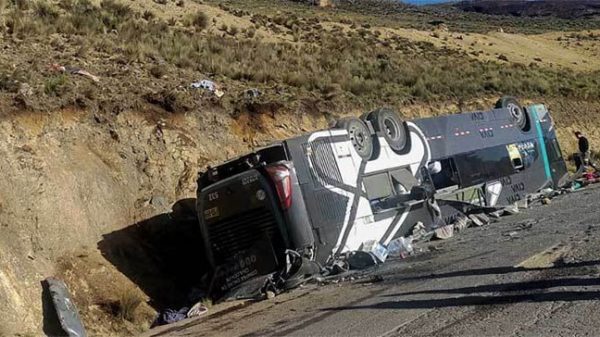
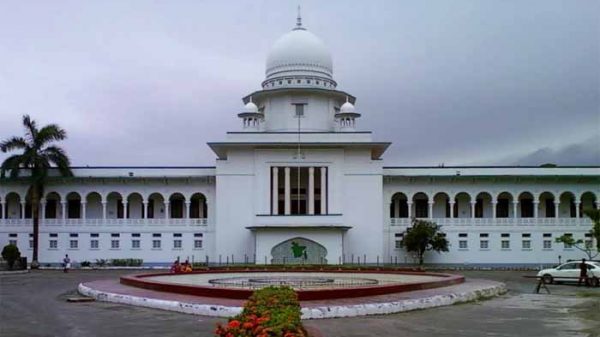
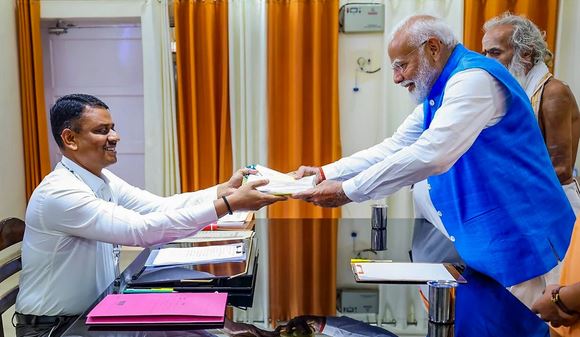
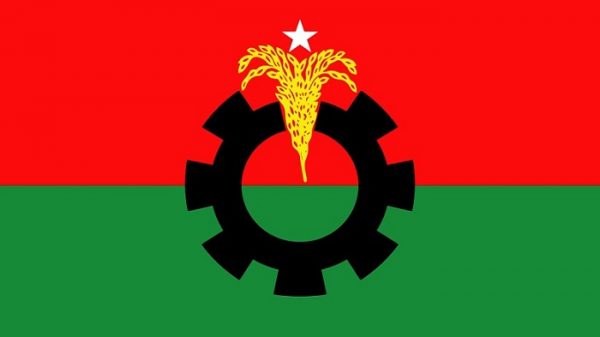
















Leave a Reply